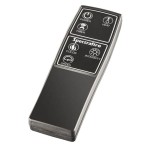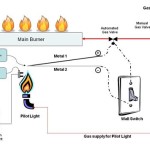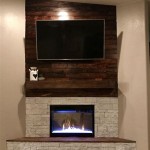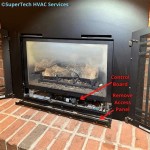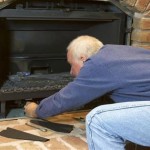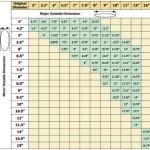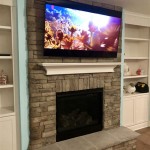Are All Gas Fireplaces Ventless?
Gas fireplaces have become increasingly popular in homes, offering a cozy and efficient way to heat up a space. But when it comes to ventilation, there are two main types of gas fireplaces: vented and ventless. In this article, we'll delve into the differences between vented and ventless gas fireplaces, exploring their advantages and disadvantages to help you make an informed decision for your home.
Vented Gas Fireplaces:
Vented gas fireplaces require a chimney or vent to exhaust combustion gases, including carbon monoxide, to the outdoors. This type of fireplace relies on a sealed combustion system, which means that the combustion process takes place in a closed chamber and the air for combustion is drawn from outside the house. Vented gas fireplaces are typically more efficient than ventless models as they do not release any combustion gases into the living space.
Ventless Gas Fireplaces:
Ventless gas fireplaces, on the other hand, do not require a chimney or vent. They use a catalytic converter to convert harmful combustion gases into water vapor and carbon dioxide, which are then released into the living space. Ventless gas fireplaces are often preferred in homes where a chimney or vent is not possible or practical. However, it's important to note that ventless gas fireplaces release a small amount of combustion gases into the air, including carbon monoxide and nitrogen dioxide.
Advantages of Vented Gas Fireplaces:
- More efficient than ventless models
- Do not release any combustion gases into the living space
- Typically have a higher heat output
- Can be installed in homes with or without a chimney
Disadvantages of Vented Gas Fireplaces:
- Requires a chimney or vent, which may not be possible or practical in all homes
- Can be more expensive to install and maintain
- May draw warm air out of the living space
Advantages of Ventless Gas Fireplaces:
- Do not require a chimney or vent
- Easier and more affordable to install
- Can be used in homes where a chimney or vent is not possible
- Provide a supplemental heat source
Disadvantages of Ventless Gas Fireplaces:
- Release a small amount of combustion gases into the air
- May not be as efficient as vented models
- Typically have a lower heat output
Ultimately, the best type of gas fireplace for your home depends on your individual needs and circumstances. If you prioritize efficiency and safety, a vented gas fireplace is the ideal choice. If you're looking for a more affordable and convenient option, a ventless gas fireplace may be a better fit. Regardless of which type of fireplace you choose, it's always advisable to consult with a professional to ensure proper installation and ventilation for safe and efficient use.
:max_bytes(150000):strip_icc()/ventless-gas-fireplaces-4160746-hero-f9d4bdcd9bd446eb84406de306f790ba.jpg?strip=all)
How To Pick Out A Ventless Gas Fireplace

What Is A Ventless Gas Fireplace Experts In Gaithersbutg Md

Vent Free Gas Fireplaces Are They Safe Homeadvisor

Ventless Gas Fireplace Propane

Vented Or Ventless Gas Fireplace Which One Is Better

The Pros And Cons Of Ventless Fireplaces Embers Custom Fireplace Gas S

Are Vent Free Gas Fireplaces Safe Ventless

Vented Vs Ventless Gas Fireplace Logs

What Is A Ventless Gas Fireplace Fireplaces Direct Learning Center

Empire Innsbrook Ventless Gas Fireplace Insert 28 Woodland Direct
Related Posts


